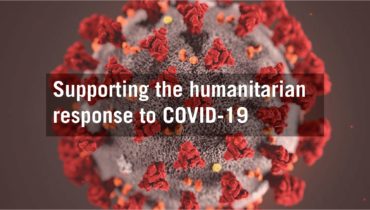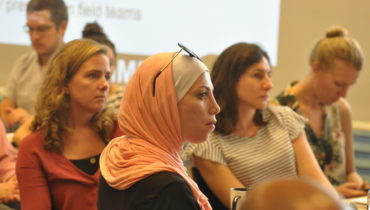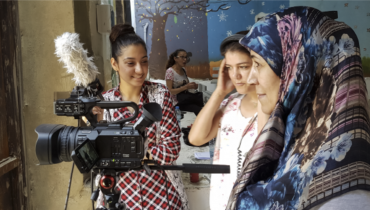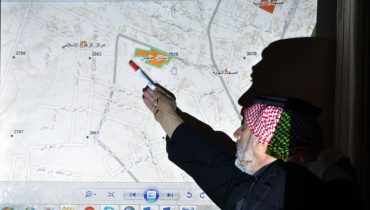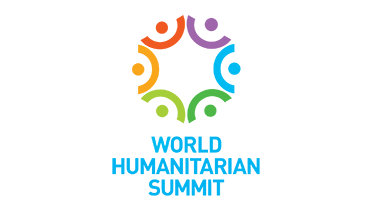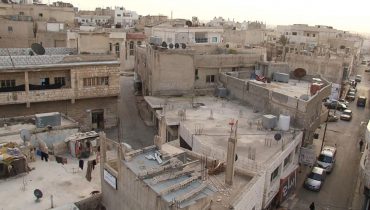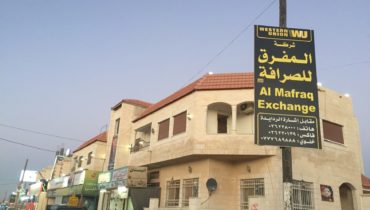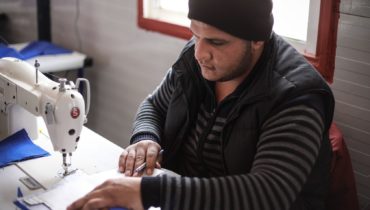Jordan: How can we better communicate with Syrian refugees?
13 December 2017
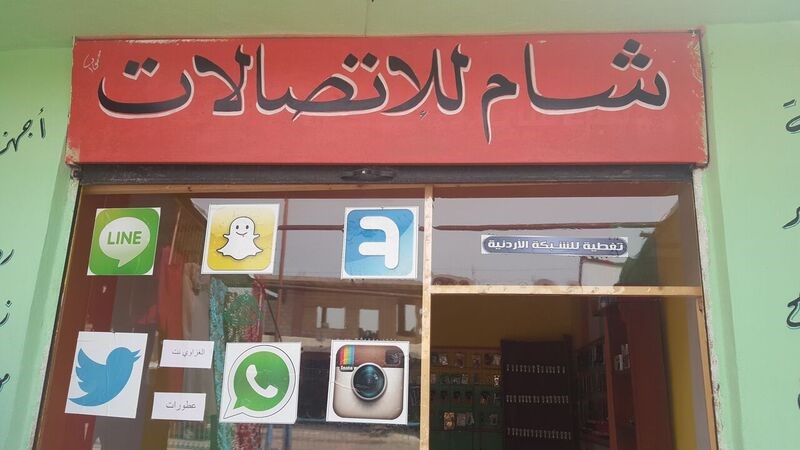
’Damascus Communications’ a local store front specializing in the sale of phones and credit in Jordan. ©REACH 2017
The majority of the over 600,000 Syrian refugees in Jordan live today in host communities, integrated in cities and villages. Despite their integration, there is still little understanding of how Syrian refugees in Jordan are engaging with communication and information platforms, and of how it influences their access to humanitarian services.
To provide a better understanding of the ways in which information is accessed, understood and used among the Syrian population, REACH, in partnership with the Department for International Development (DFID) and the Norwegian Refugee Council (NRC) conducted a qualitative assessment evaluating the effectiveness of information dissemination mechanisms employed by humanitarian and governmental actors.
The assessment was carried out between April and May 2017, through 34 Focus Group Discussions (FGDs), 18 of which were conducted in Amman, Mafraq, Irbid and Zarqa and 16 that were conducted in Hard to Reach (HtR) communities. This qualitative assessment was supplemented by four key informant interviews with humanitarian actors such as UNHCR, DRC, and IOM.
The findings pinpoint that well established and far-reaching informal communication mechanisms, such as word-of-mouth communication, are highly effective in disseminating information and are considered strongly reliable by Syrian refugees. Although internet and social media platforms emerged as an effective communication channel, results from HtR communities identified an essential need for direct dissemination of information, through in person field visits.
The assessment also highlighted that even if uni-directional means of communication such as SMS, automated voice messaging (AVM), phone calls and flyers were reported to be largely successful, participants repeatedly requested more official communication mechanisms for two-way information exchange, especially multi-directional platforms (visit centres, homes and communities, help-lines and call centres) providing feedback forum. Such forums would allow Syrians to ask questions and create a feedback and complaints channel.
Furthermore, high level of interest was expressed amongst participants in a potential smartphone application that would allow Syrians to share experiences and exchange information, as they currently do through WhatsApp and Facebook.
Based on these findings and the clear need to further improve communication channels and outreach for the Syrian population, REACH and its partners recommend that communication mechanisms used by humanitarian agencies are gathered onto one internet and social media platform. In parallel, the report also advocates for increase field visits, key to enable efficient communication for more isolated areas of Jordan.
Access REACH report Informing Refugees: Communication to and for Syrians in Jordan’s Host Communities in full at this link.


